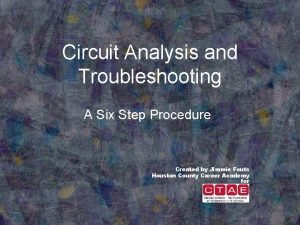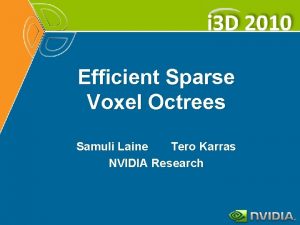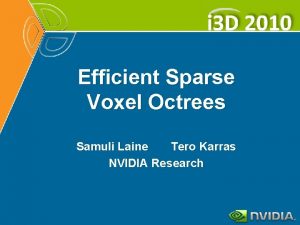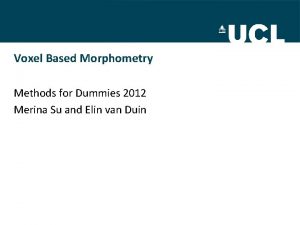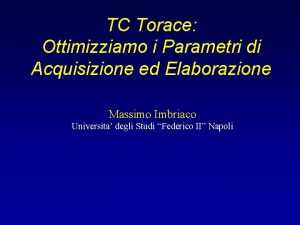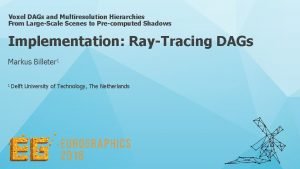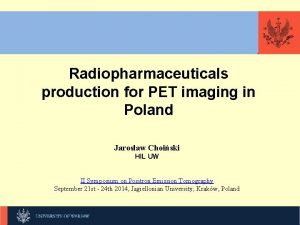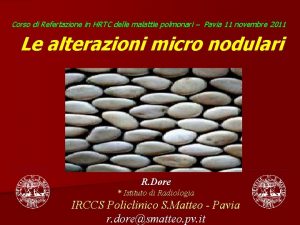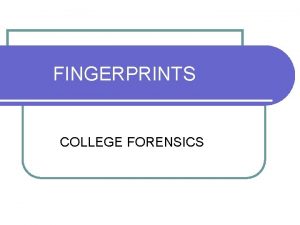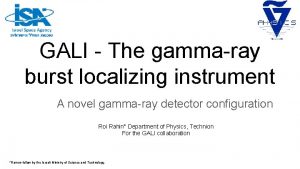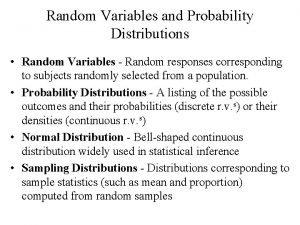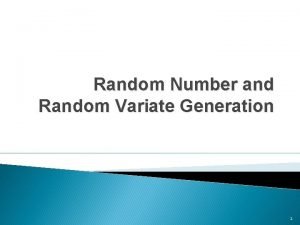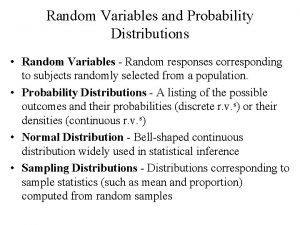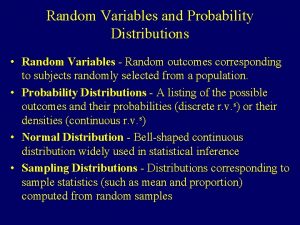Random Voxel Pattern for Monitoring and Localizing GammaRay












- Slides: 12

Random Voxel Pattern for Monitoring and Localizing Gamma-Ray Transients Roi Rahin* Ehud Behar, Lee Yacobi, Shlomit Tarem, Luca Moleri * Ramon fellowship – Israel Space Agency

Gamma Ray Bursts ● ● ● Cosmological distances 10 -1000 ke. V photons Isotropic on the sky with no prior warning Transient, up to ~100 seconds Associated with Supernovae and Neutron star mergers

Gamma-ray detectors ● Scintillator crystal – Light emitted on interaction ● Photomultipliers detect light ● Silicon Photomultiplier - new in space applications. Size advantage over Photomultiplier tube

Effective Detector design ● Directionality from relative counts between detectors ● In a compact system, mutual occultation increases positioning accuracy

Simulations ● *MEGAlib The Medium Energy Gamma-ray Astronomy Library. Zoglaur et al. 2006 New Astronomy Reviews, Volume 50, Issue 7 -8, p. 629 -632.

Nano. Satellite detector concepts 4 cm diameter 6 mm Width 2 x 2 x 2 cm cube

Average accuracy – First concepts

Second iteration concepts 1 x 1 x 1 cm cube

Average Accuracy – New concepts Spheroid 50 cube detectors

What if we go larger? Spheroid 50 cube detectors 250 cube detectors

Experiments ● Laboratory experiments to find ideal detector size ● Planned experiment: ○ Complex mask to test simulation results

Summary ● The position accuracy is highly sensitive to the number of detectors ● The sensitivity of individual detectors is less important for accuracy ● The potential position accuracy of larger systems could allow for new science (such as polarization measurement)
 Six steps of troubleshooting
Six steps of troubleshooting Tero karras
Tero karras Efficient sparse voxel octrees
Efficient sparse voxel octrees Voxel-based morphometry for dummies
Voxel-based morphometry for dummies Tc mpr
Tc mpr Sparse voxel dag
Sparse voxel dag Mcd voxel
Mcd voxel Random assignment vs random sampling
Random assignment vs random sampling Random assignment vs random selection
Random assignment vs random selection Pseudo random pattern generator
Pseudo random pattern generator Micronoduli subpleurici
Micronoduli subpleurici Primary classification
Primary classification Patterns and pattern classes in digital image processing
Patterns and pattern classes in digital image processing
